Classic Cars to Purchase and Hang Onto in 2017

Investing in the classic car market is like investing in the stock market. The biggest difference is that, when you buy a car, you actually have something to enjoy, regardless of whether you accrue wealth. However, negotiating the minefield of vintage automobiles can be treacherous and an investor can use all the help available to them — especially now that Baby Boomers don’t dictate the entirety of the marketplace.
Hagerty, an authority on classic car valuations and insurance, has offered some guidance for the best classic cars to buy next year. The list fixates on cars it believes to be strong investments in terms of value growth while remaining pleasurable to own. So, if you’re planning on placing your retirement on rolling rubber or just want to test the waters without spending a lot of money, these are cars to consider.
Used C5 Corvettes have maintained flat pricing over the last two years, meaning that deprecation has ended and the car is about to start earning you money. While you can still snag a C4 for roughly the same price, 1997-2004 Vettes are inarguably better built machines. Superior performers in every respect, the C5s come with the all-aluminum LS motor that everyone and their grandmother has tried to swap into their project car. An LS1 mated to a Borg-Warner T-56 6-speed transmission will likely appreciate better than the 4-speed automatic variants. However, the torque converter will save you roughly ten percent on the $15,000 average C5 price tag. Expect to lay down much more for higher trims and later model years.
Speaking of American supercars, Dodge Vipers are also becoming quite collectible, and third generation snakes are at the profitability tipping point. 2003 SRT-10s are available at under $40,000, while cars from only a few years earlier can easily set you back another ten to twenty grand.
Hagerty suggests that collectors take a look at some of Mopar’s other famous ilk, too. When the “financial flexibility” of Boomers took a hit in 2008, muscle car prices took one right to the groin. Still unrecovered, you can pick up some of the most sought-after vintage American iron for a lot less than before. Good condition 1971-1972 Dodge Challengers can be had for $18,300 with a mid-range 318-cubic-inch V8. 1968-1970 Dodge Chargers are also on the rise. Modest examples can be found for $26,100, with the expectation that the value should only increase over the coming years. Base models with automatic transmissions should drive that price, and overall desirability, down. Similarly, anything original with an R/T badge or the right paint scheme can dramatically raise a vehicle’s value.
However, if you have gobs of money to spend and are a Mopar loyalist, why not invest $233,000 into a 1970 Plymouth Superbird? While they can be found for less, spending more for a pristine and complete unit will save you from hunting for expensive rare parts and place you in a better position once you decide to auction it off. Classic Chryslers, Dodges, and Plymouths are all appreciating more swiftly than the other domestic badges and this is one example you might be able to flip for a colossal profit in only a few years.
While Hagerty recommended a 2003 Ferrari Enzo as a confident investment worth making, I’m going to wager you don’t have the $2.3 million required for a low-volume European hypercar. Instead, might I suggest the much more reasonable 2000-2006 BMW M3? Bavarian M cars always hold their value with a certain crowd and E46 M3 coupes are at the bottom of their pricing scale. It’s safe to assume they will only increase in value in the years to come.
Thanks to decades of hooning and its resulting fame, twin-turbo MkIV Toyota Supras are set up to become one of the most explosively valuable cars money can buy. For a certain age group, 1993-1998 Supra turbos were car culture royalty during their formative years — guaranteeing the model’s future desirability. However, the Supra’s prominent role as a tuner car also endangers its very existence. Videos featuring 800 to 1000-horsepower over-boosted Supras are common, meaning that good condition cars are not. That rarity indicates the current $40,000 asking price will only shoot upward as more cars are destroyed.
Possibly the smartest buy on Hagerty’s list is the 1966-1977 Ford Bronco. Considering that younger buyers are driving the used market for even mediocre SUVs from the 1980s, snagging a genuine classic that also appeals specifically to Millennials and Generation X isn’t a terrible idea. Bronco values have been creeping up steadily for the last few years but can still be purchased for under $20,000.

A staunch consumer advocate tracking industry trends and regulation. Before joining TTAC, Matt spent a decade working for marketing and research firms based in NYC. Clients included several of the world’s largest automakers, global tire brands, and aftermarket part suppliers. Dissatisfied with the corporate world and resentful of having to wear suits everyday, he pivoted to writing about cars. Since then, that man has become an ardent supporter of the right-to-repair movement, been interviewed on the auto industry by national radio broadcasts, driven more rental cars than anyone ever should, participated in amateur rallying events, and received the requisite minimum training as sanctioned by the SCCA. Handy with a wrench, Matt grew up surrounded by Detroit auto workers and managed to get a pizza delivery job before he was legally eligible. He later found himself driving box trucks through Manhattan, guaranteeing future sympathy for actual truckers. He continues to conduct research pertaining to the automotive sector as an independent contractor and has since moved back to his native Michigan, closer to where the cars are born. A contrarian, Matt claims to prefer understeer — stating that front and all-wheel drive vehicles cater best to his driving style.
More by Matt Posky
Latest Car Reviews
Read moreLatest Product Reviews
Read moreRecent Comments
- Lorenzo This car would have sold better if there was a kit to put fiberglass toast slices on the roof.
- Lorenzo The Malibu is close to what the 1955 Bel Air was, but 6 inches shorter in height, and 3 inches shorter in wheelbase, the former making it much more difficult to get into or out of. Grandma has to sit in front (groan) and she'll still have trouble getting in and out.The '55s had long options lists, but didn't include a 91 cubic inch four with a turbo, or a continuously variable transmission. Metal and decent fabric were replaced by cheap plastic too. The 1955 price was $1765 base, or $20,600 adjusted for inflation, but could be optioned up to $3,000 +/-, or $36,000, so in the same ballpark.The fuel economy, handling, and reliability are improved, but that's about it. Other than the fact that it means one fewer sedan available, there's no reason to be sorry it's being discontinued. Put the 1955 body on it and it'll sell like hotcakes, though.
- Calrson Fan We are already seeing multiple manufacturers steering away from EVs to Hybrids & PHEVs. Suspect the market will follow. Battery tech isn't anywhere close to where it needs to be for EV's to replace ICE's. Neither is the electrical grid or charging infrastructure. PHEV's still have the drawback that if you can't charge at home your not a potential customer. I've heard stories of people with Volts that never charge them but that's a unique kind of stupidity. If you can't or don't want to charge your PHEV then just get a hybrid.
- AZFelix The last time I missed the Malibu was when one swerved into my lane and I had to brake hard to avoid a collision. 1 out of 5⭐️. Do not recommend.
- 2ACL I won't miss it; it was decent at launch, but in addition to the bad packaging, GM did little to keep it relevant in the segment. I'd prefer that another domestic automaker doesn't just give up on the mainstream sedan, but unlike some of Ford's swan songs, the Malibu made an indifferent case for why they should live.



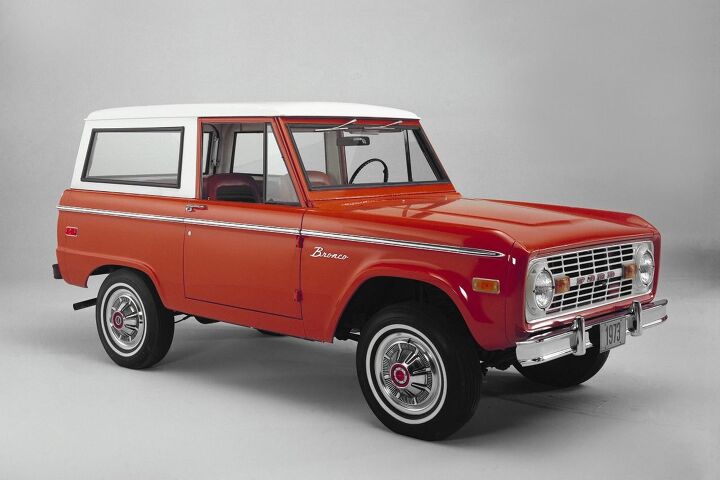












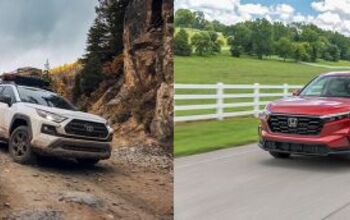
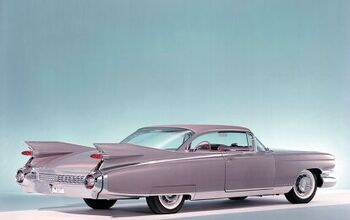

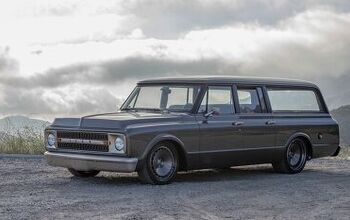
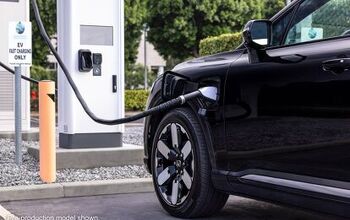
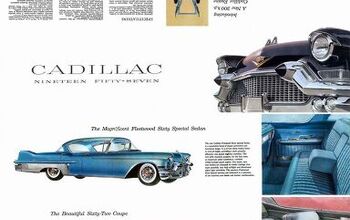


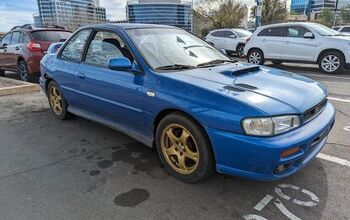
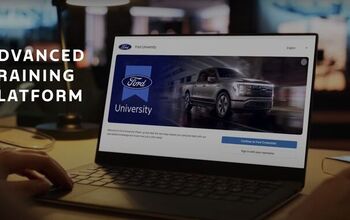
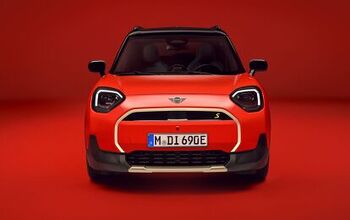
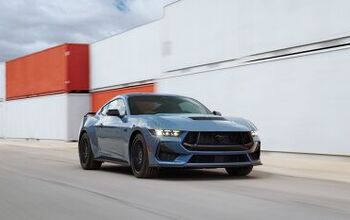
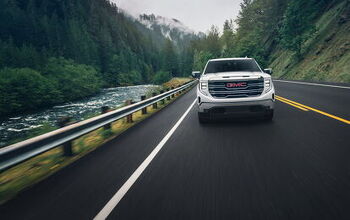
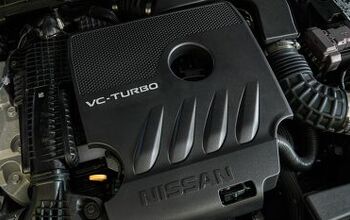
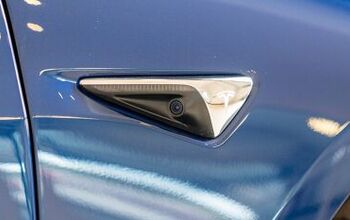
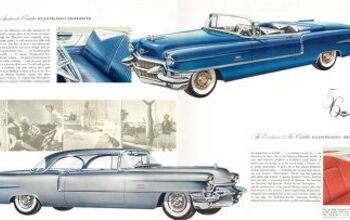


Comments
Join the conversation
"Used C5 Corvettes ... deprecation has ended..." Does that mean I am no longer allowed to say that the C5 sucked?
Vettes have been the chariot of the Viagra set since the late C-3 era. I have literally NEVER seen anyone under about 40 driving a Vette. I'm sure younger people drove them all the time before the malaise era turned them into personal luxury cars. When the performance came back with the C4, they had become so expensive that old guys were the only people who both wanted one, and could afford one.